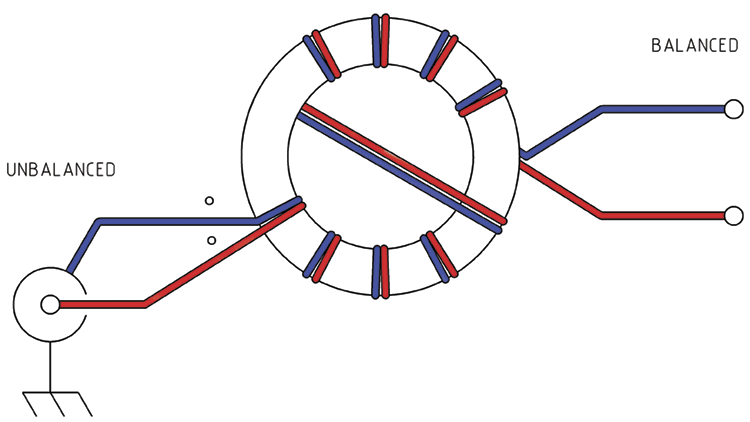Those of you who have an oilfield background will be familiar with the term "worm". For those of you who are unfamiliar it translates to "newbie", "greenhorn", "plebe" or similar when your being nice (it can be fighting words, too). It's in the nice sense that I see myself as a worm where most things "Amateur" are concerned. There are rare occasions for which the CB antenna homebrewer finds a need to wrap a toroid balun seeing those are single band antennas. Things have changed. I decided now is as good a time as any to get started, and with three small (1-1/2" dia.) -61 toroids lying about I wanted to see if I could produce a 4:1 multiband balun. Believe it or not I did. With 200 Ohms on the load end of this thing I got under 2.1:1 SWR all the way from 160m to 6m, the worse being 1.9:1 at the upper edge of 6m.
It's little, and likely very QRP, but I feel pretty good about my first time to try this.

It's little, and likely very QRP, but I feel pretty good about my first time to try this.


